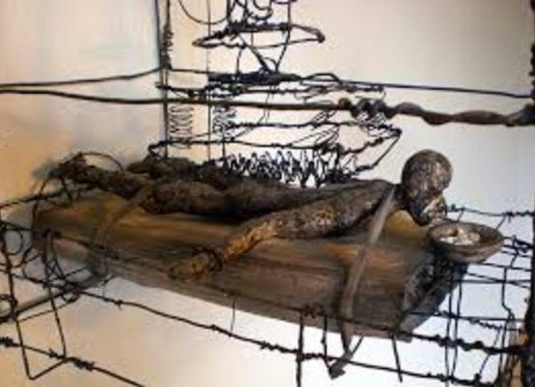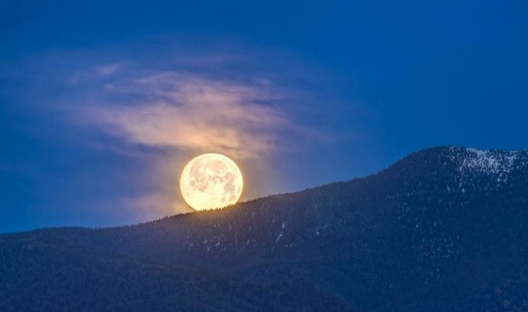- Nature of Reality
Consider two of the seven principles of biocentrism, an ethical point of view that extends inherent value to all living things:
First Principle of Biocentrism: What we perceive as reality is a process that involves consciousness.
Second Principle of Biocentrism: Our external and internal perceptions are inextricably intertwined. They are different sides of the same coin and cannot be separated. (Biocentrism: How Life and Consciousness are the Keys to Understanding the True Nature of the Universe, by Robert Lanza, MD, with Bob Berman, 2009)
The first principle suggests that an observer affects what is observed, brings it to life.
The second says that what we are observing, the object of our observation, is literally determined by the observer’s internal perceptions — the external and the internal are associated, interlaced, connected.
And a third principle yet suggests that without the presence of an observer, particles and objects remain in the undetermined state of probability. That is, all is probability until someone brings an object to life through observations that are meshed with internal perceptions. We create the world we see, the world we want.
“Men make their own histories,” says Edward Said, in Orientalism, followingVico. “That what they can know is what they have made, and extend it to geography: as both geographical and cultural entities — to say nothing of historical entities — such locales, regions, geographical sectors as ‘Orient’ and ‘Occident’ are man-made.”
These principles have everything to do with the fall of empires — we’ve perceived.








